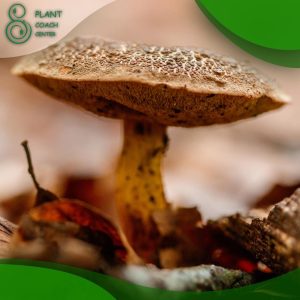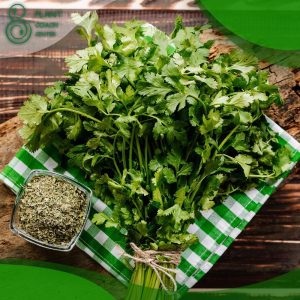Introduction
The magic of life springs forth from the most unexpected places, doesn’t it? One such magical process is growing a whole new plant from what you’d normally throw in the bin. Yes, we’re talking about growing romaine lettuce from scraps. It’s a simple, fun, and rewarding activity, perfect for anyone ranging from seasoned gardeners to curious kids.
Romaine lettuce, a leafy green often used in salads and sandwiches, is one of the easiest vegetables to regrow. And the best part? You can do it right in your own home. So let’s dive into the world of regrowing romaine lettuce and discover how this small act can contribute to our planet and our wallets.
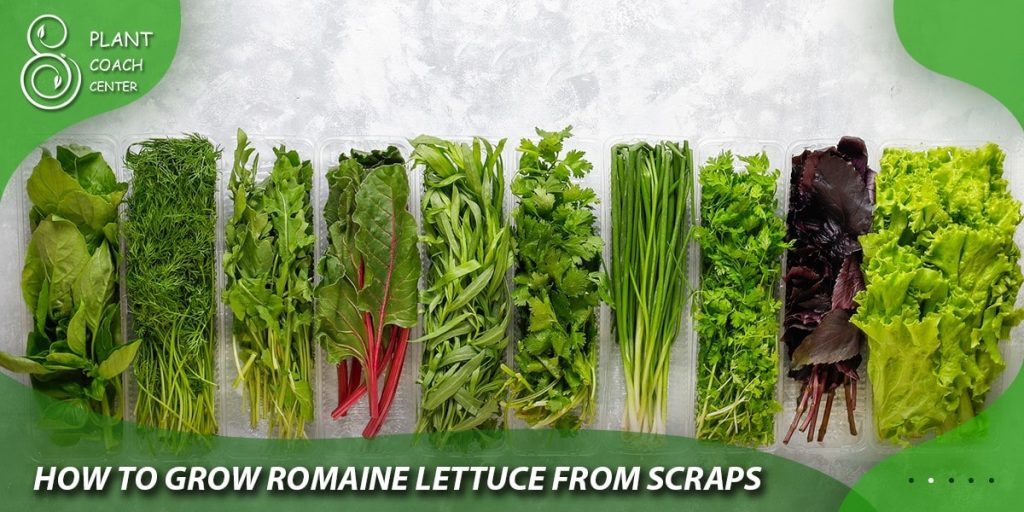
The Appeal of Growing Romaine Lettuce from Scraps
Environmental Benefits
First off, let’s talk about the environmental impact. By reusing your food scraps, you’re reducing waste and contributing to a more sustainable lifestyle. Imagine if we all turned our kitchen scraps into new plants! We’d drastically reduce our waste output and create a greener world.
Economic Benefits
Secondly, growing romaine lettuce from scraps is a cost-effective method. You’re essentially getting an endless supply of fresh, organic lettuce for the price of one. It’s a small change that can add up over time, especially for salad lovers out there.
Getting Started with Your Scraps
Selecting Your Scraps
To start, you need the end of a head of romaine lettuce – the part you usually chuck into the compost. Make sure to leave about 1-2 inches from the base intact.
Initial Preparation
Next, fill a container with about half an inch of water and place the lettuce stump in it. A clear container is ideal as it lets you watch the roots grow.
The Growing Process
Stages of Growth
In just a couple of days, you’ll see new leaves starting to sprout from the center and roots beginning to grow at the bottom. It’s a wonderful sight to behold!
Caring for Your Growing Lettuce
As your lettuce grows, keep it in a sunny spot and change the water every 1-2 days to keep it fresh. After about 10-12 days, you can transplant it into a pot with soil if you prefer, but it’s not necessary.
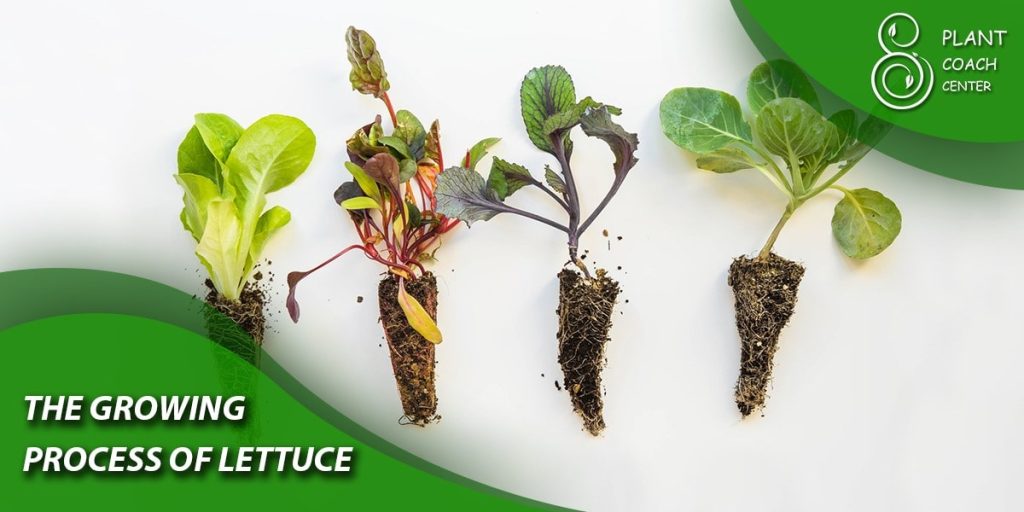
Common Issues and Solutions
Overwatering
If you notice your lettuce turning yellow, it could be a sign of overwatering. Try lessening the amount of water and see if that helps.
Lack of Sunlight
If your lettuce is looking pale and leggy, it might not be getting enough sunlight. Try moving it to a sunnier spot.
The Harvesting Stage
When to Harvest
You can start harvesting when the lettuce reaches your desired size. It typically reaches a harvestable size in about 3 weeks, but it can continue growing for a bit longer if you prefer larger leaves.
How to Harvest
To harvest, simply cut off the amount you need, leaving the rest of the plant intact. It will continue to grow new leaves.
Ensuring that your lettuce gets enough sunlight
Ensuring that your lettuce gets enough sunlight is vital for its growth and development. Here are some tips on how you can do this:
1. Location: Place your lettuce in a location where it will receive plenty of sunlight. A south-facing window is typically a great spot.
2. Outdoor Gardening: If you’re growing your lettuce outside, try to plant it in a spot where it will receive at least 6 hours of direct sunlight each day.
3. Indoor Gardening: For indoor gardening, place your lettuce near a window that gets a good amount of sunlight. If that’s not possible, you can use grow lights to supplement natural light.
4. Rotate the Plant: Rotate your plant every few days to ensure all sides get equal exposure to the light. This can promote more even growth.
5. Use Reflective Surfaces: If you’re growing lettuce indoors and struggling with light, you can use reflective surfaces to help increase the amount of light your plant receives. Aluminum foil or a mirror can reflect light onto your plant.
Remember, while lettuce needs sunlight for photosynthesis, it’s also a cool-weather crop and doesn’t do well in intense heat. Therefore, if you live in a hot climate and are growing lettuce outside, provide shade during the hottest part of the day to prevent wilting or bolting.
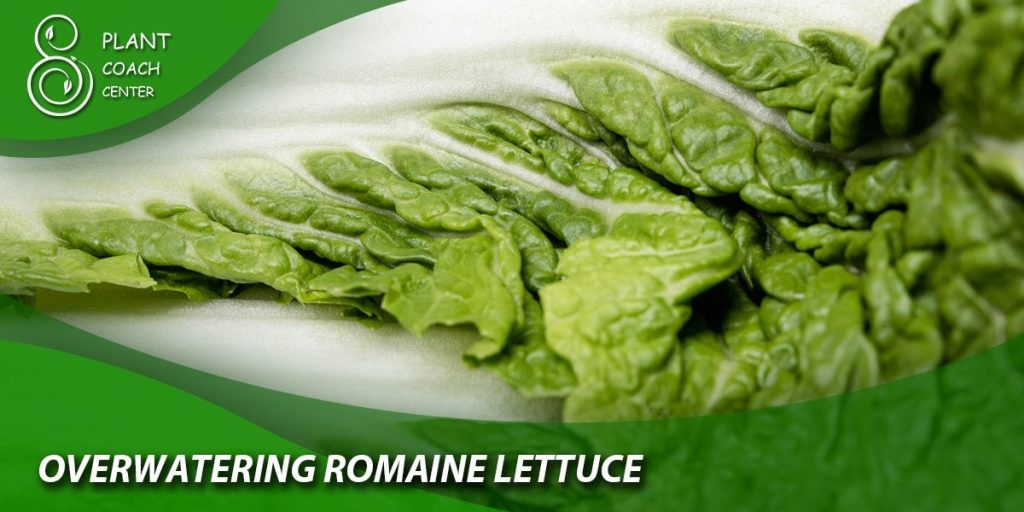
timing for watering my lettuce
Watering frequency for lettuce can depend on several factors including the growth stage of the plant, the type of soil it’s planted in, and the climate conditions. However, as a general guideline:
1. **Seedlings / Early Growth:** During its early growth stages, lettuce requires consistently moist soil. You may need to water it daily or even twice a day if the weather is particularly hot and dry.
2. **Mature Plants:** Once the lettuce plant is established, it generally needs about 1 to 1.5 inches of water per week. This can be adjusted based on weather conditions – in hot, dry weather, the plant may need more frequent watering, while in cool, damp conditions, less watering may be required.
3. **Indoor Plants:** If you’re growing lettuce indoors in a container with water, change the water every 1-2 days to keep it fresh and prevent the growth of algae or bacteria. If you’ve transferred the lettuce to a pot with soil, keep the soil consistently moist but not soggy. Overwatering can lead to root rot and other diseases.
4. **Check the Soil:** A good way to determine if your plant needs water is to check the soil. If the top inch of soil feels dry to the touch, it’s usually a good time to water.
Remember, lettuce prefers cooler temperatures, so try to water your plants early in the morning or late in the evening when temperatures are lower. This helps reduce water evaporation and ensures that your plant gets the most benefit from the water.
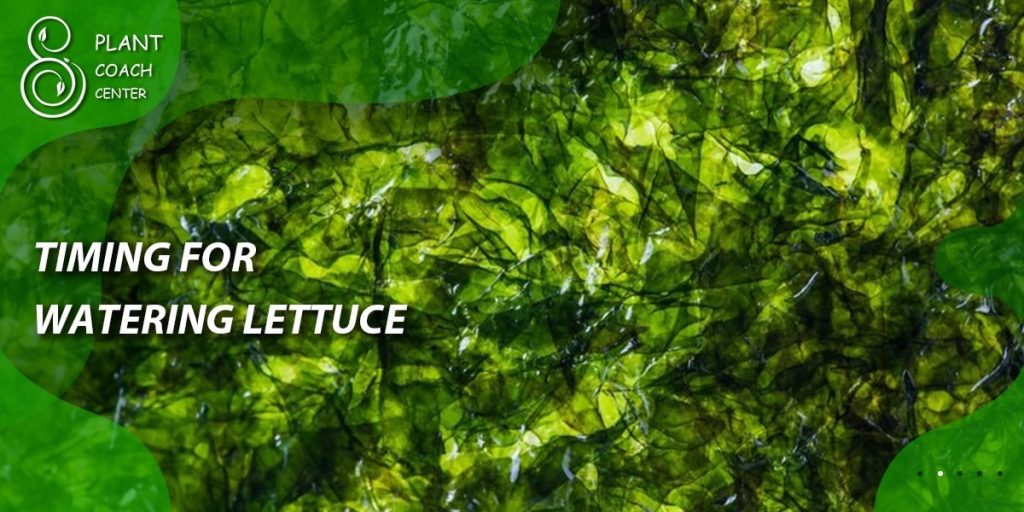
Conclusion
Growing romaine lettuce from scraps is an easy, enjoyable, and eco-friendly activity. It’s a wonderful way to reduce waste, save money, and enjoy fresh, homegrown veggies. Once you start, you might find yourself exploring other vegetables to grow from scraps. Happy growing! Get started on your sustainable gardening journey with plantcoachcenter.com!
Can I reuse the same scrap?
Yes, you can! Each scrap can produce multiple harvests.
Can I grow other vegetables this way?
Absolutely! Many vegetables, like celery and green onions, can be regrown from scraps.
What do I do if my lettuce isn't growing?
Firstly, don’t worry. Ensure it’s getting enough sunlight and fresh water. If it still doesn’t grow, try with a new scrap.
How long does it take to grow romaine lettuce from scraps?
It usually takes about 10-12 days to see significant growth and about 3 weeks for a full harvest.
Is it safe to eat lettuce grown from scraps?
Yes, it’s completely safe. It might even be healthier as you know it’s grown without any harmful pesticides.
Can I grow romaine lettuce indoors from scraps?
Yes, you can. It’s a great indoor gardening project, especially for those with limited outdoor space.




